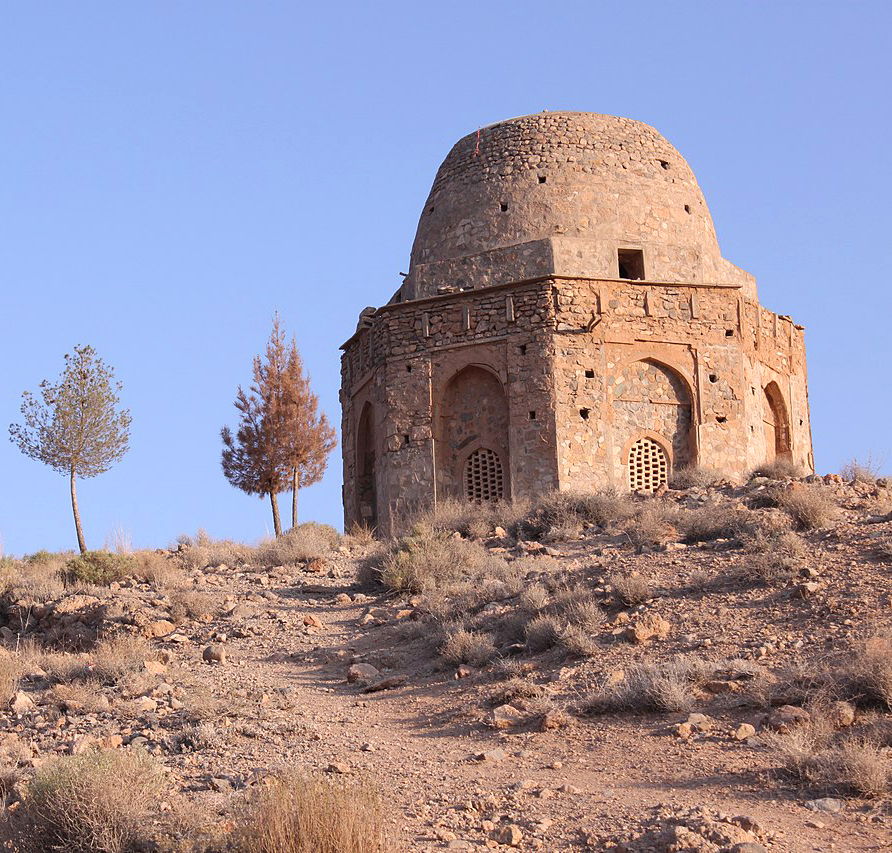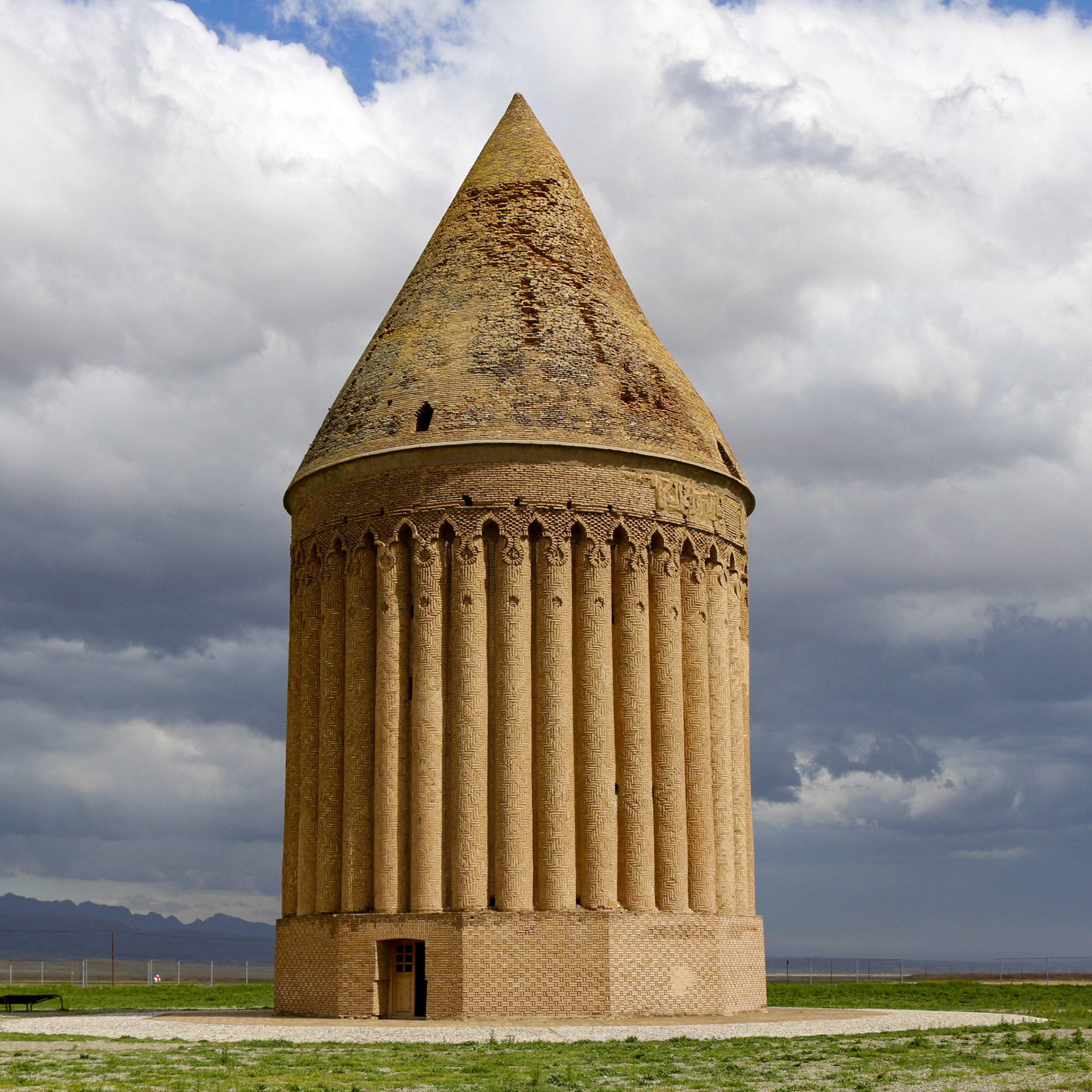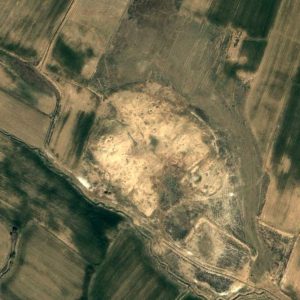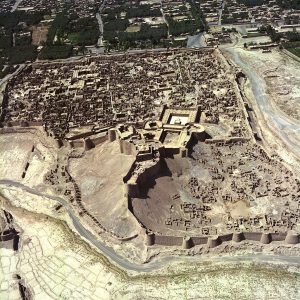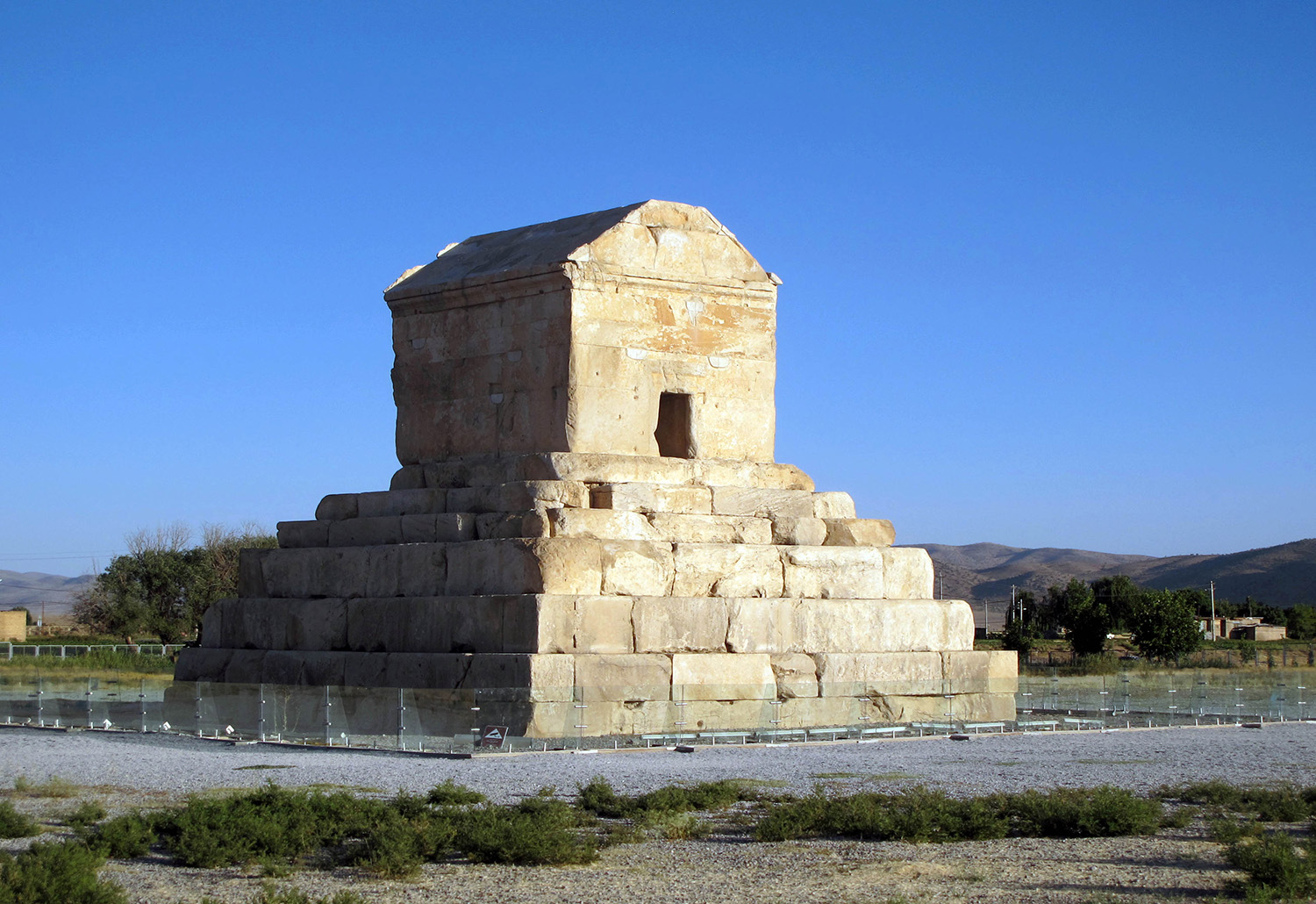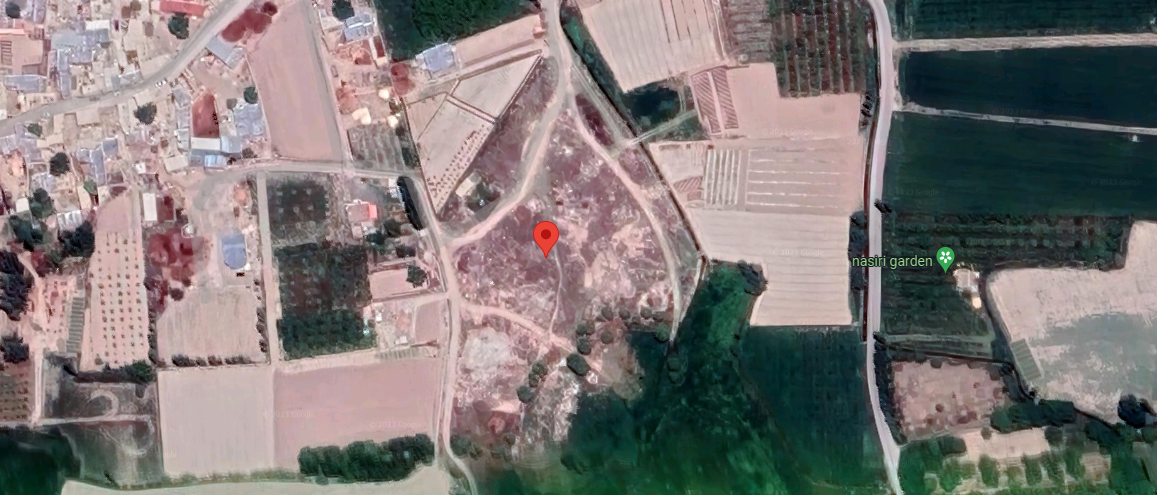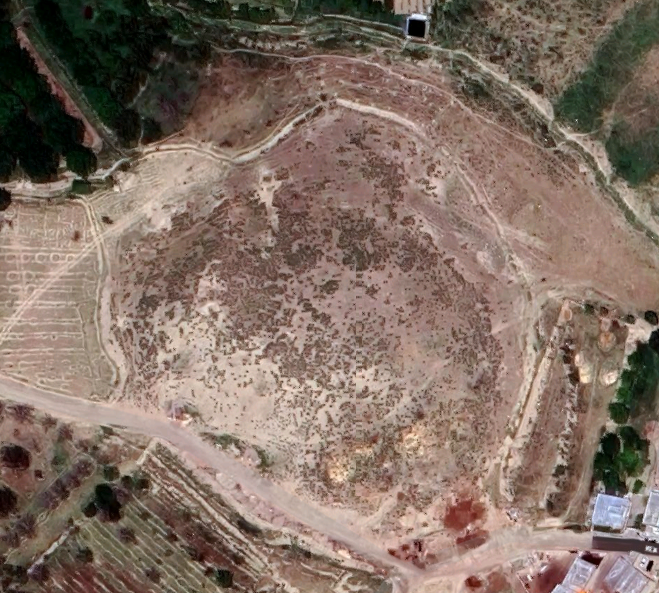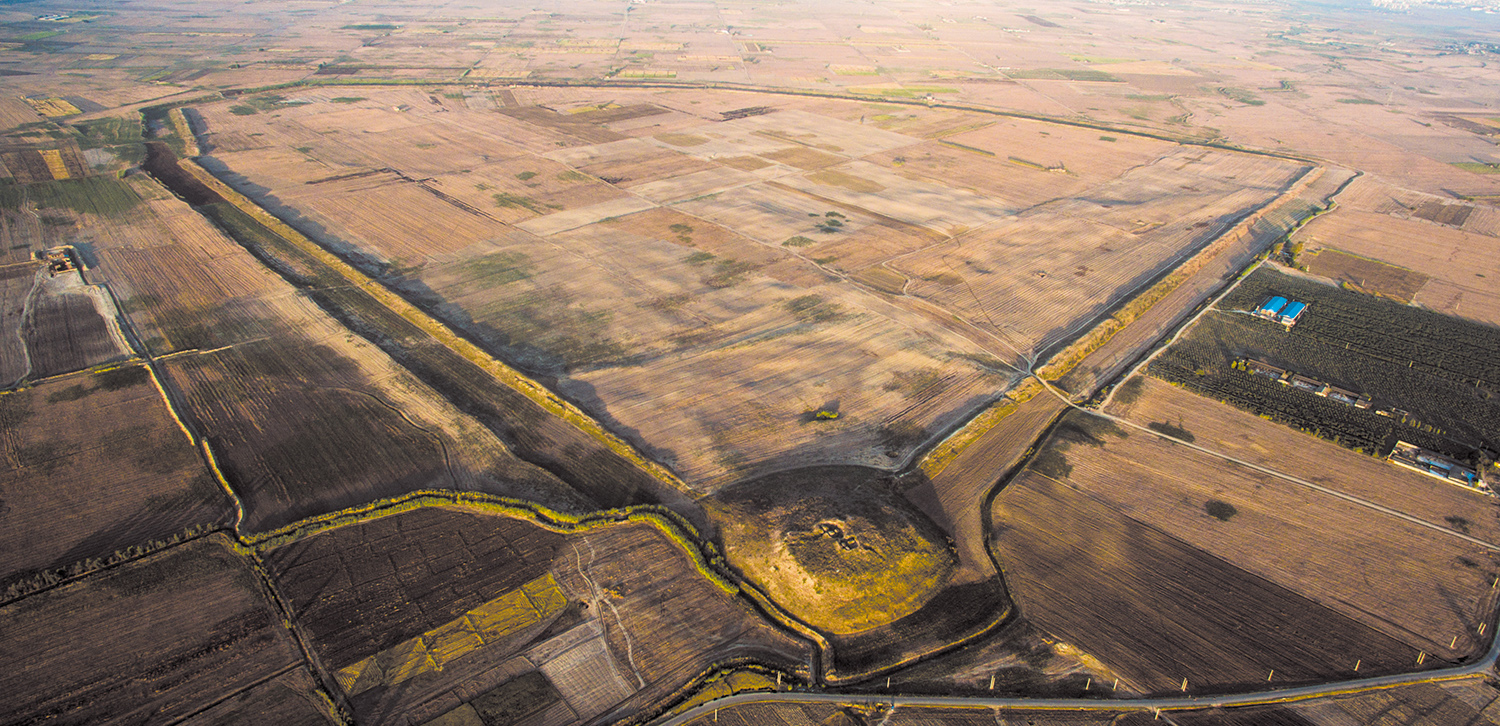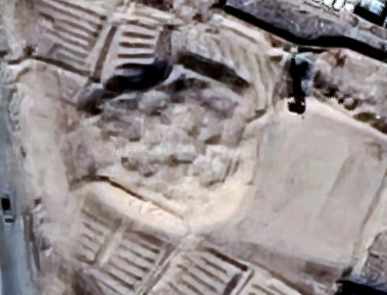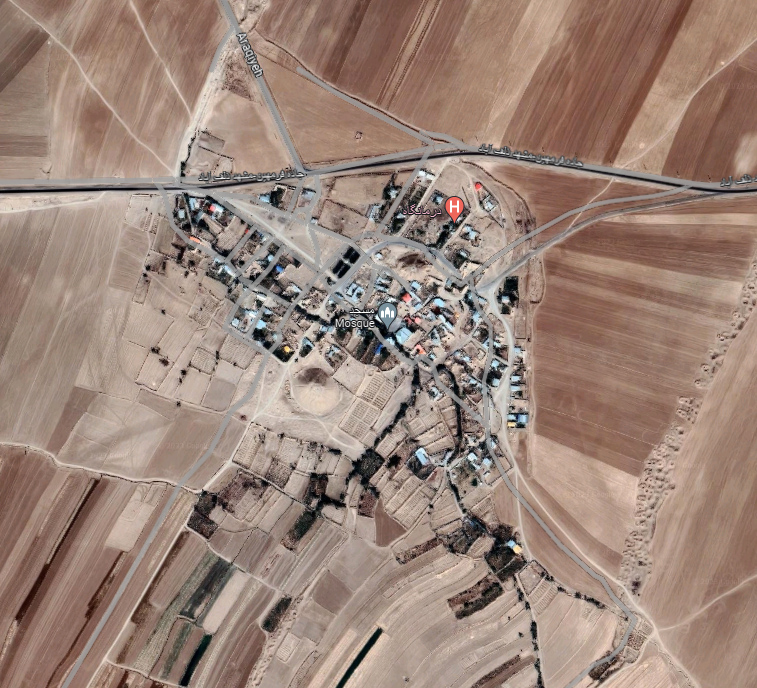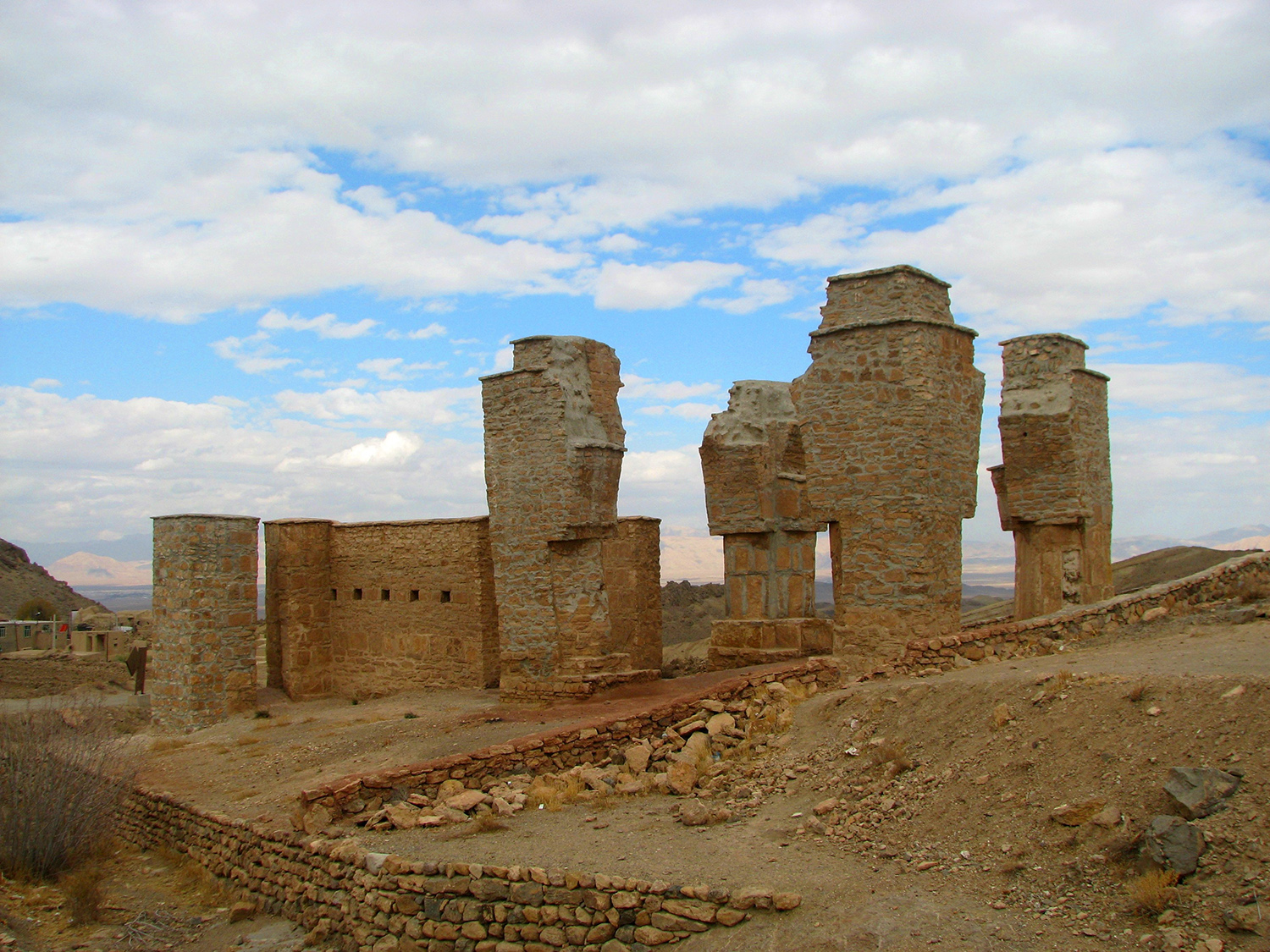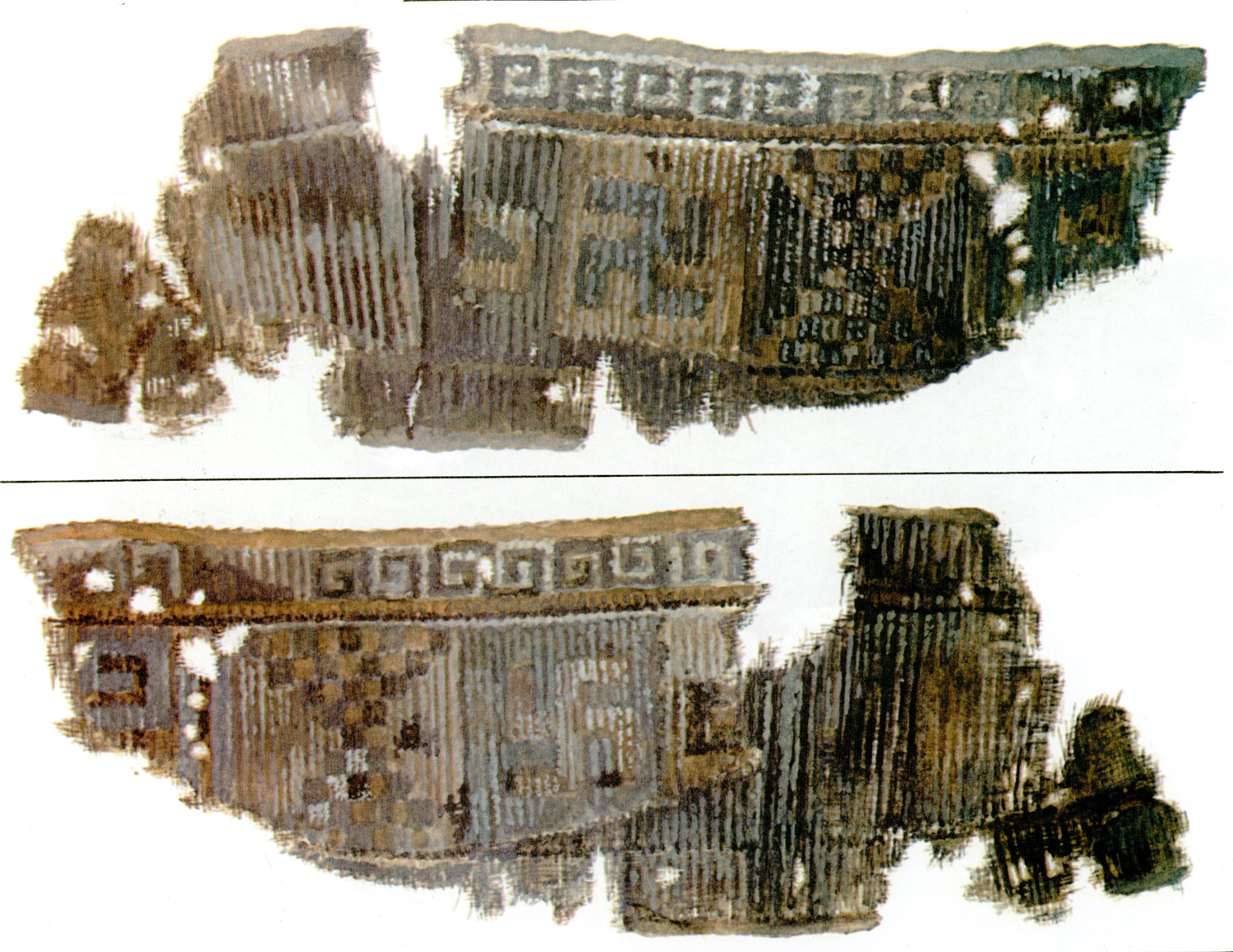Ghiāsābādغیاث آباد
Location: Ghiāsābād lies to the south of the village of Marbu, 10 km southeast of Deylamān in northern Iran, Gilan Province.
36°52’28.5″N 50°02’05.3″E
Historical Period
Iron Age I
History and description
The site lies in the vicinity of the village of Ghiāsābād, 10 km southeast of Deylamān, in the valley of the Chāk Rūd. Clandestine excavations had brought to light several tombs before the 1960s. In 1961, a team of archaeologists excavated some ten intact tombs. No substantial report has so far been published except for the excavation result of the largest tomb labeled Tomb X. The tomb measures 3.5 x 3.5 m with side walls built in stone. The tomb was covered with large slabs. The burial consists of a complete skeleton of a male individual lying on the back. A bronze dagger is found in his right hand. The rest of the grave goods included ceramic vases, four bronze daggers placed on the ground with their blades pointed upside, and the body of a large turtle broken in two with a bronze ax. Such a mortuary arrangement has been found elsewhere in the region, at Ghalekuti, Deylamān (Tomb A-V), and also in the graves of Sumbar I in Turkmenistan.
Archaeological Exploration
A team of archaeologists led by Mohsen Moghaddam excavated the graveyard at Ghiāsābād on behalf of the Iranian Archaeological Department in the summer of 1961.
Kambaskh Fard, S., “An Account of the Archaeological Investigations in the Eastern Foothills of Gīlān, Northern Iran,” Iranian Journal of Archaeology and History, No. 17, 1995, pp. 21-22 (for Ghiāsābād). In Persian.
Moghaddam, M., “Prospections archéologiques au Deylaman,” Memorial Volume of the Vth International Congress of Iranian Art and Archaeology, Tehran-Isfahan-Shiraz, 1968, Theran, 1972, vol. 1, fig. 1.
Author: Ali Mousavi
Originally published: July 19, 2022
Last updated: January 10, 2025








